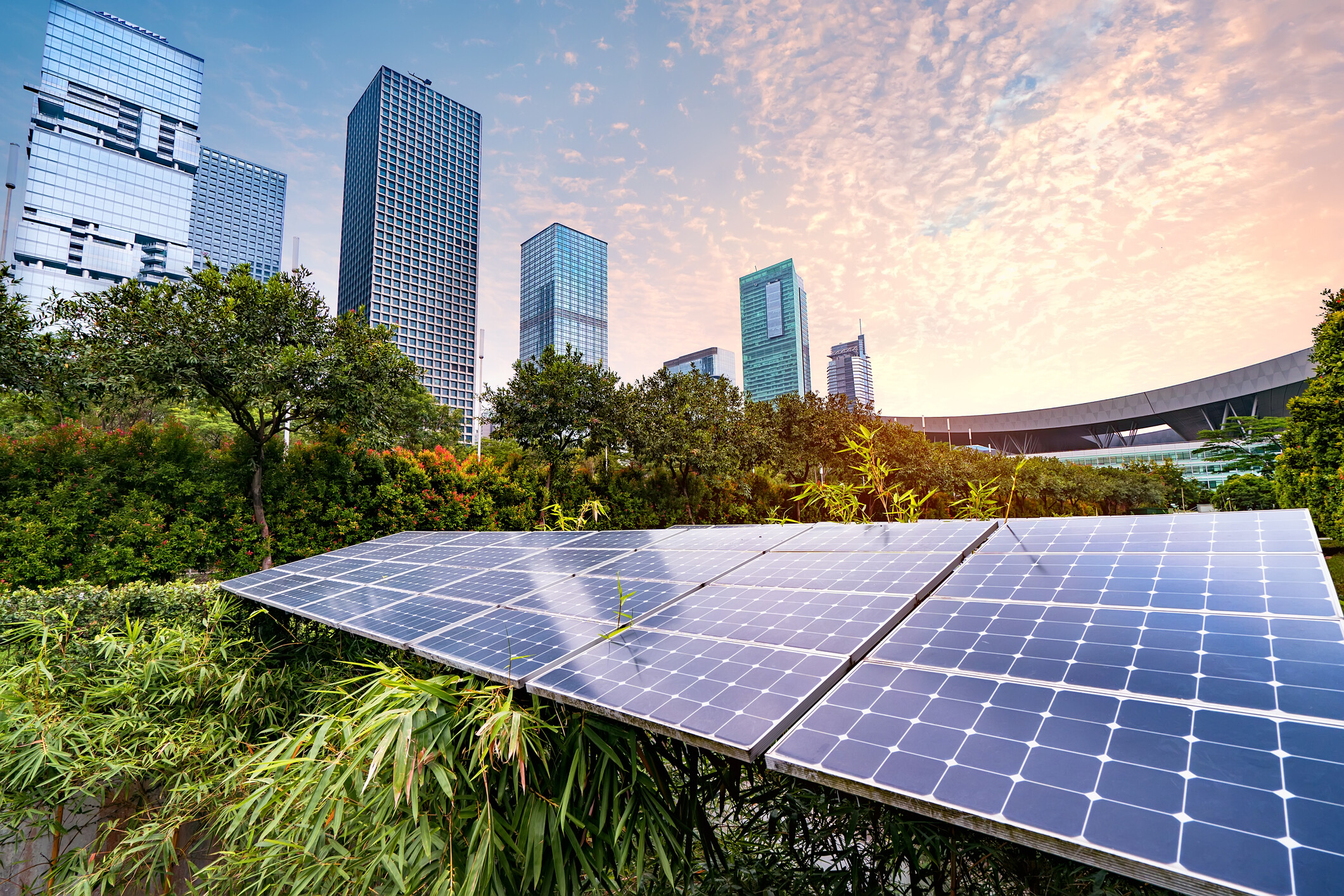South Korea plans to build the first hydrogen society by 2022

A hydrogen society will be able to light LEDs with green energy that will reduce emissions
Image: Saveliy Bobov/Unsplash
Stay up to date:
Energy Transition
South Korea is vying to win the race to create the first hydrogen society. It wants to build three hydrogen-powered cities by 2022 as it positions itself as a leader in green technology.
The plan will see the cities use hydrogen as the fuel for cooling, heating, electricity and transportation. Consultation on where the three cities will be located is under way.
The test cities will use a hydrogen-powered transportation system, including buses and personal cars. Hydrogen charging stations will be available in bus stations and parking spaces.

The hydrogen society strategy is part of a wider vision to power 10% of the country's cities, counties and towns with hydrogen by 2030, growing to 30% by 2040.
This includes drastic increases in the numbers of hydrogen-powered vehicles and charging points in the next three years. The government has earmarked money to subsidize these vehicles and charging infrastructure.

The fuel of the future hydrogen society?
Countries including Germany, Japan and China are also looking to a future hydrogen society, with a number of Asian car manufacturers including Hyundai, Toyota and Honda sinking resources into creating a range of hydrogen-powered cars.
With fuel cell vehicles – or FCVs – generally offering greater range and faster refueling times than electric vehicles, there is great hope that they will accelerate the transition to cleaner vehicles.
But challenges remain with the technology. Although some FCVs are now on the market, for many the cost remains prohibitive and they have some way to go before they become mainstream.
And while the output from hydrogen-powered cars is certainly clean – they only produce water as a by-product – at the moment they are not necessarily as clean as they may first seem. Producing the hydrogen itself is an energy-intensive process, not necessarily powered by renewable sources.
How is the World Economic Forum facilitating the transition to clean energy?
The other major caveat is hydrogen’s explosive nature, which is still causing safety concerns. Earlier this year an explosion of a hydrogen storage tank at one of South Korea’s government research projects killed two people and injured others.
Storage of the gas requires a lot of infrastructure, and despite government incentives to support development, until hydrogen becomes more widespread private investors can still struggle to turn a profit.
On the road to the first hydrogen society
But none of these challenges are necessarily insurmountable. And as nations around the world look to limit global warming, hydrogen may be key in the fundamental shift required in our energy system.

Consultants McKinsey & Company envisage hydrogen transforming our energy and decarbonizing systems in seven key ways. And it is likely that FCVs will pave the way.
Globally governments are investing around $850 million annually in hydrogen, McKinsey’s 2017 report says, but much more investment is still required to reach scale and lower costs.
Accept our marketing cookies to access this content.
These cookies are currently disabled in your browser.
Don't miss any update on this topic
Create a free account and access your personalized content collection with our latest publications and analyses.
License and Republishing
World Economic Forum articles may be republished in accordance with the Creative Commons Attribution-NonCommercial-NoDerivatives 4.0 International Public License, and in accordance with our Terms of Use.
The views expressed in this article are those of the author alone and not the World Economic Forum.
Related topics:
Forum Stories newsletter
Bringing you weekly curated insights and analysis on the global issues that matter.
More on Sustainable DevelopmentSee all
Robert Opp and Keyzom Ngodup Massally
April 4, 2025
Sophia Otoo and Cynthia Rayner
April 2, 2025
Fredy Vargas Lama
March 28, 2025
Reema Nanavaty and Prerna Saxena
March 25, 2025
Denise Rotondo, Emily Bayley and Vijay Bains
March 24, 2025
Fernando J. Gómez and Wesley Spindler
March 24, 2025





